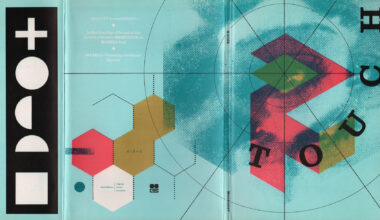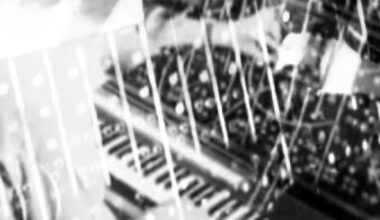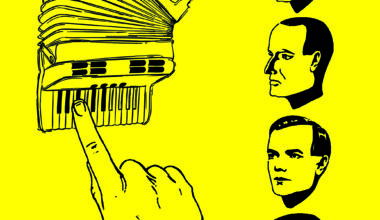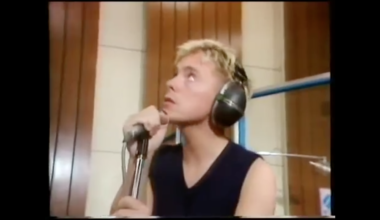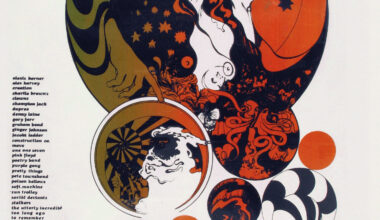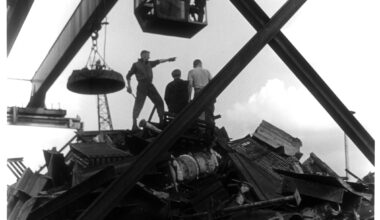In 1968, John Cage and Marcel Duchamp played a game of chess involving pieces that generated electronic sounds and a very expensive bottle of wine. The details of what actually happened that night were pored over by historians for years after
Want to read more?
Sign up to Electronic Sound Premium to gain access to every post, video, special offers, and more. 100%, all you can eat, no commitment, cancel any time.
Already a premium member? Log in here
